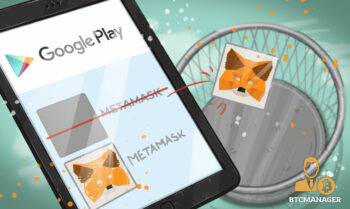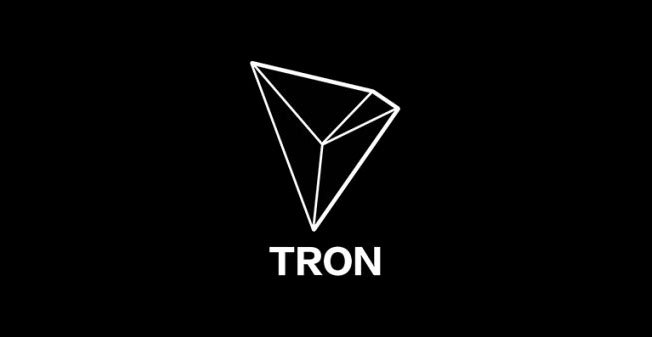
2018-9-20 07:00 |
The world of blockchain innovation is a tide pool of information that has left many cryptocurrency skeptics in the dark, but for decentralized security, a light is coming.
Lighthouse: an open-source Ethereum 2.0 client, written in Rusthttps://t.co/qA4wQuHuRh
— Vitalik Non-giver of Ether (@VitalikButerin) September 18, 2018
Written in RustIntroduced as a new Ethereum 2.0 client, Lighthouse project is making waves for cybersecurity enterprises. Structured by developers in Sydney, Australia, the open-source entity is a safe-space platform for businesses to store, scrutinize and develop software. Lighthouse is maintained by Sigma Prime via a Github repository, which serves as a gatekeeper and digital directory for projects, files and other items pertinent to the project.
The encryption rabbit hole plunged programming into a code called Rust, the conceptual language written into Lighthouse’s syntax. Paul Hauner, co-founder of Sigma Prime and a core developer of Lighthouse, said a majority of 2018 was spent experimenting with various PoW algorithms before confirming Ethereum 2.0 as the best standard performance evaluation.
To ensure spec accuracy Ethereum 2.0’s the company “began porting the state transition logic in the Ethereum Beacon Chain PoC to Rust” to demonstrate its finite state. The resulting code in the Github repository was named “rust_beacon_chain.”
In the update, Hauner said:
“At some point, we realized that we had the beginnings of a fully-fledged client on our hands and building that client out would provide great benefit to the ecosystem and greatly expand the skill set of our team. We decided to go ahead with the client build and renamed the repo to ‘Lighthouse,’ figuring that a seaside lighthouse would be a ‘rusty beacon’ of sorts. The project was born.”
Research is a process, which is why the Lighthouse team expected to encounter barriers in the system. Initially, most of Rust’s code was invalidated as a result of a performance evaluation overhaul.
Conversely, Hauner expressed some relief due to the error, favoring accuracy through patience, rather than threshing out incompetent products at the speed of light:
“We prefer to see depreciation instead of stubborn persistence. This highlights a core ethos of the Lighthouse project: We see Ethereum as a protocol, not a collection of products. We do not aim to ship our product as fast as possible; instead, we aim to contribute to the establishment of a secure, decentralized and efficient protocol. Lighthouse must always prioritize the protocol over itself.”
The Open System Interconnection (OSI) networking framework has a seven-layer model, on which network layering itself ranks number three. Lighthouse is slated to disseminate utilization from Libp2p, the modular network stack that allows applications to operate independently.
From a peer-to-peer perspective, gossip is redefined as a communication platform. In this instance, its considered a gossip-subscription pattern that provides scaling properties. This function will work in tandem with Libp2p. Meanwhile, parity Etherum, which also provides blockchain infrastructure for decentralized networking, will house the rust-libp2p library.
The gestation period for Lighthouse and Sigma Prime may appear convoluted. It’s for this reason that it creates its own purpose–the emerging protocol is designed by architects to take care of itself so the enterprise community doesn’t have to.
Related: World Economic Forum Proposes Blockchain Solutions for Global IssuesDuring its first year, Sigma Prime developed two primary functions: information security and software engineering. As paternal twins to the operation, it’s important to take note of the functions’ combined significance, as their presence is proof that digital contracts and wallets will change the way currency is conceptualized.
Progress is possible, so to speak. However, progress is not a tiered system. Rather it is a multi-faceted glimmer simultaneously paving the way for even community resources. Lighthouses are inherently symbolic of leading the lost to safety; therefore, it’s imperative to dive into the matrix and start swimming.
The post A Deeper Look at Sigma Prime’s Lighthouse: An Open-Source Ethereum 2.0 Client appeared first on CryptoSlate.
origin »Ethereum (ETH) на Currencies.ru
|
|


















